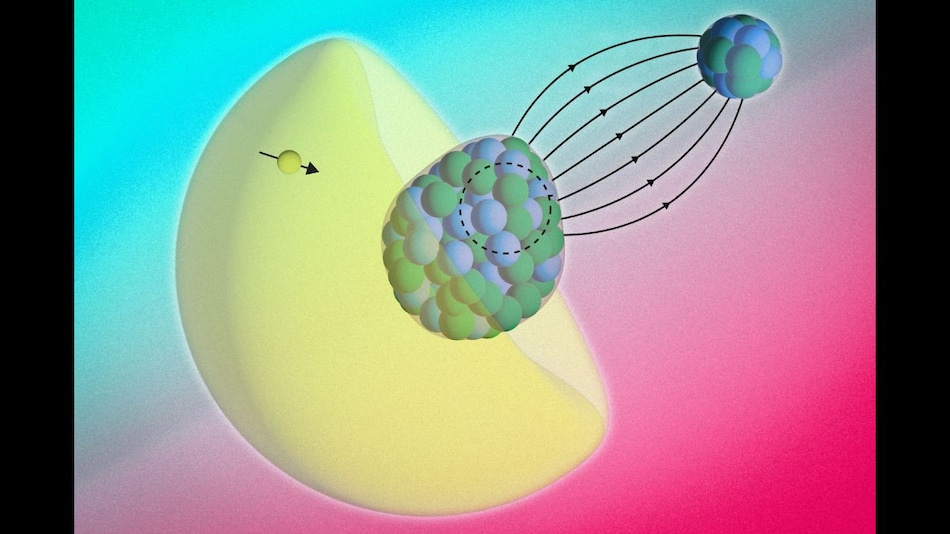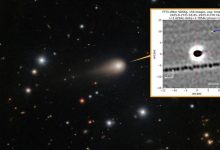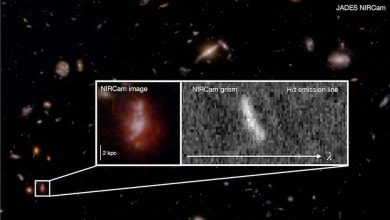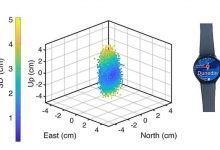MIT scientists develop tabletop molecular method to probe atomic nuclei using radium monofluoride.

MIT’s tabletop experiment uses radium monofluoride to reveal atomic nucleus details
Click Here to Add Gadgets360 As A Trusted Source

Physicists at MIT have come up with a new way to look inside atoms and observe, in real-time, what happens there — an advance that offers more opportunity to study materials and atoms than using light. Researchers used a radium monofluoride molecule to create a molecular arrangement in which electrons can probe the interior of atomic nuclei, discovering tiny energy shifts that hint at interactions between electrons and nuclear matter. This tabletop method provides a convenient, cost-effective means for probing the physics behind how matter behaves as it’s crushed to densities many times greater than an atomic nucleus and may help researchers discover why the universe contains more matter than antimatter.
MIT Scientists Turn Molecules into Mini Colliders to Explore the Heart of Atoms
According to a report published in Science and presented by the Massachusetts Institute of Technology, the research team led by physicist Ronald Fernando Garcia Ruiz used a mixture of radium and fluoride atoms cooled to extreme temperatures. Within this molecule, electrons were confined close to the nucleus, increasing the chances of them briefly passing through it. When these electrons emerged, they carried detectable energy shifts—essentially “messages” from inside the nucleus—revealing unseen nuclear interactions.
Researchers used a tabletop setup to study a molecule as a particle accelerator, observing electron energy variations, which could help map nuclear properties and explain matter’s dominance over antimatter.
Radium’s pear-shaped nucleus can detect symmetry violations, explaining natural imbalances. Future experiments aim to control molecules for precise nuclear maps.
A discovery years in the making, the new approach to learning about the mysteries of our cosmos allows scientists to explore some of a laboratory’s strongest high-energy insights by recreating the same conditions that existed just moments after the Big Bang.








